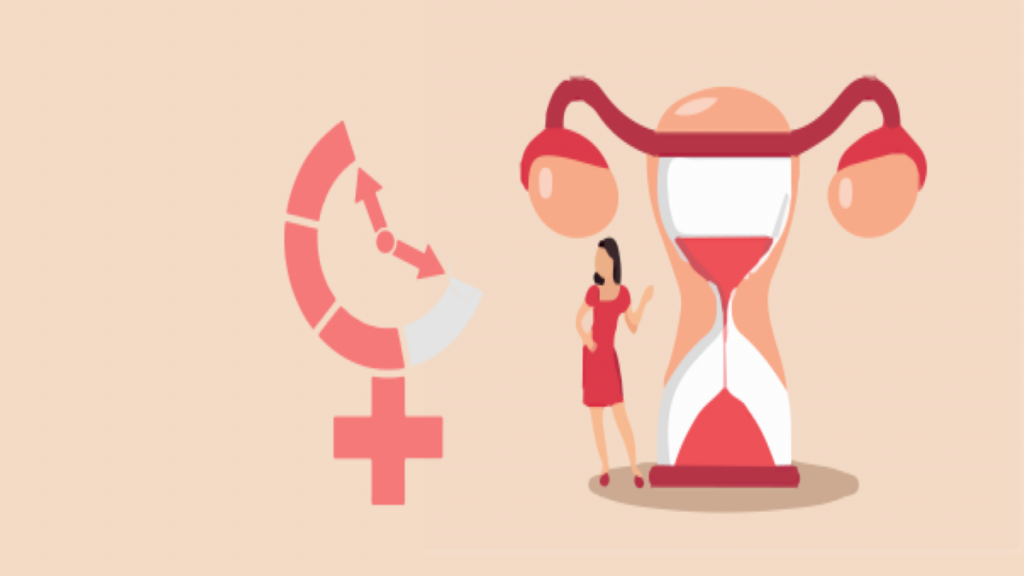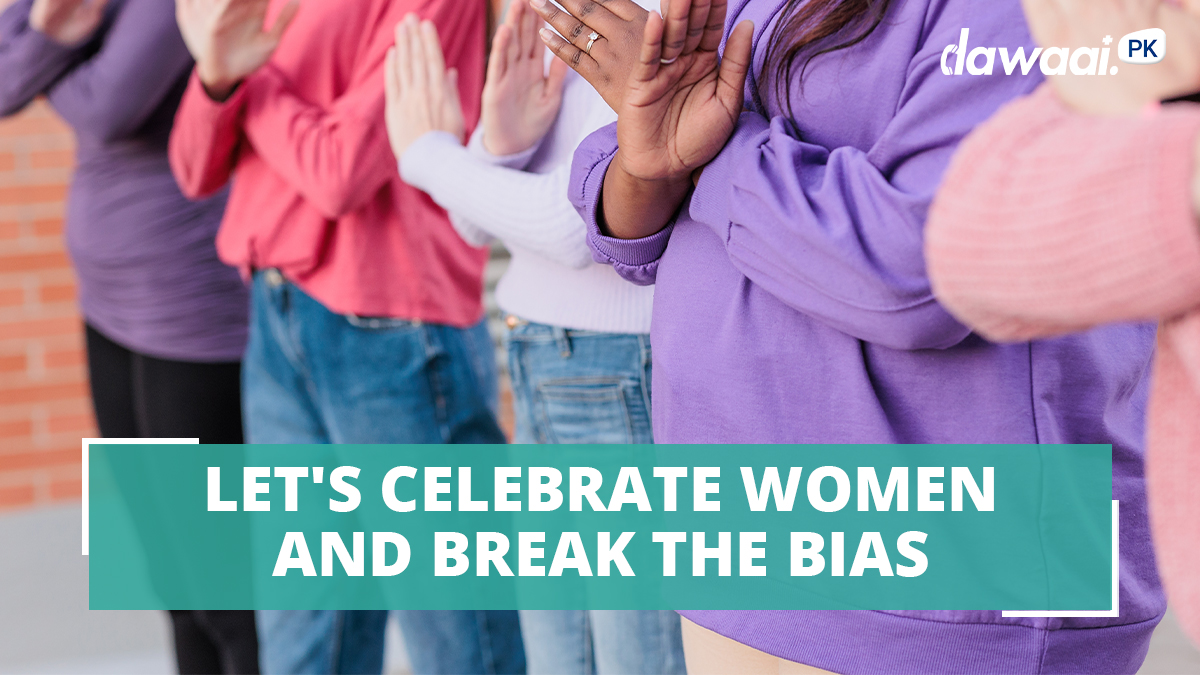Medically reviewed by Dr. Unsa Mohsin.
Menopause is a transition that happens in every woman’s life. Yet, there is very little discussion on the subject in our culture. Many women may be experiencing the symptoms of menopause without understanding the changes happening to their bodies. Therefore, in this article we will talk about what menopause is, what its symptoms are and what women can do to deal with the transition.
What is menopause?
Menopause is defined as that point in a woman’s life when her menstrual cycles cease. After a woman has missed 12 consecutive months of menses, that signifies a permanent end to fertility.
There is a diagnostic test that can be performed to confirm menopause since its symptoms may be experienced for other reasons.
What’s happening to your body in menopause
Since menopause is the end of the reproductive life of a woman, it is commonly associated with lower levels of reproductive hormones, especially oestrogen.
There is a period leading up to menopause called perimenopause in which the hormone levels begin to fluctuate, the menstrual cycle becomes irregular and there are changes in menstrual bleeding. For example, your flow may become lighter or heavier. When this starts to happen, you should get in touch with a medical professional to make sure that the bleeding is not abnormal.
Women experience hot flashes, which are basically sudden feelings of heat that rush through ones upper-body and face. This is caused by low oestrogen levels. Women also experience night sweats, insomnia and vaginal dryness which may cause pain during sex. The urethra also experiences changes as it can become dry or inflamed. This may lead to frequent urination and increased risk of urinary tract infection.
What about the bones?
Typically, menopause is also associated with a loss in bone density because of decreased levels of oestrogen. This increases the risk of osteoporosis which increases the risk of bone fractures. The bones of the hip, wrist and spine are most affected.
How to deal with all these changes
There are a few ways of naturally dealing with the changes. For example, one can exercise responsibly to maintain a healthy weight, eat foods rich in vitamin D and calcium to lower the risk of hip fractures.
Moreover, one can avoid foods that could trigger hot flashes such as caffeine, alcohol or foods that are sugary and spicy. To combat dryness, one can drink more water.
Eat foods that are high in phytoestrogens such as soybeans, tofu, tempeh, flaxseeds, linseeds, sesame seeds and beans. Phytoestrogens are plant compounds that mimic the effect or oestrogen in the body.
Some women also opt for hormone therapy which can relieve the symptoms of perimenopause and menopause. It is also good for bones and decreases risk of hip and spine fractures. However, it is linked to increased risks of breast cancer.
To read more about hormone therapy and its risks, read here.




